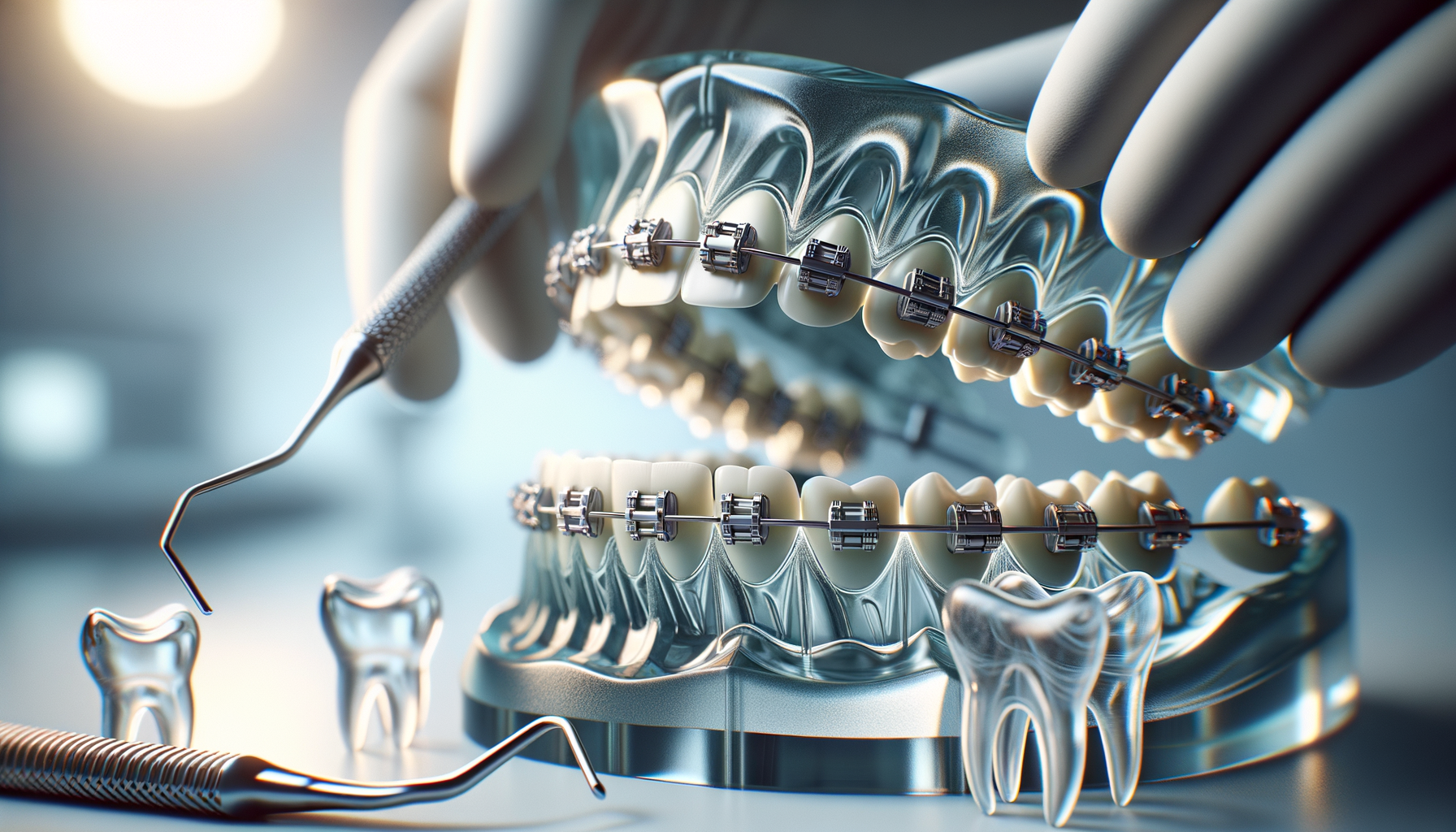
You Don’t Need to Go Abroad for a Better Smile – Switzerland
Understanding Braces: A Pathway to Perfect Alignment
Braces have long been a staple in orthodontic treatments, offering a reliable solution for correcting misaligned teeth and improving oral health. These devices are not just about aesthetics; they play a crucial role in ensuring that your bite is correctly aligned, which can prevent a host of dental issues down the line. The mechanics of braces involve brackets that are bonded to each tooth and connected by a wire, which is periodically adjusted to gradually move teeth into the desired position.
The benefits of braces extend beyond a beautiful smile. Properly aligned teeth are easier to clean, reducing the risk of cavities and gum disease. Additionally, a well-aligned bite can alleviate stress on the jaw, potentially reducing headaches and jaw pain. While traditional metal braces are the most common, there are other options such as ceramic braces, which are less visible, and lingual braces, which are placed behind the teeth.
Choosing to get braces is a significant decision, often influenced by factors such as cost, treatment duration, and personal comfort. On average, treatment with braces can last anywhere from 18 months to three years, depending on the complexity of the case. It’s essential to consult with an orthodontist to determine the most suitable type of braces for your needs. In Switzerland, the availability of advanced orthodontic care means that you can access top-tier treatment without needing to travel abroad.
Diving into Dental Splints: Relief for Jaw Disorders
Dental splints serve a different purpose compared to braces, primarily focusing on addressing temporomandibular joint disorders (TMD) and other jaw-related issues. These devices are custom-made to fit over the upper or lower teeth, helping to stabilize the jaw and alleviate symptoms such as pain, clicking sounds, and difficulty in chewing. Unlike braces, dental splints are not used for aligning teeth but are essential for managing conditions that affect the jaw muscles and joints.
There are various types of dental splints, each designed for specific needs. For instance, stabilization splints are used to prevent teeth grinding and clenching, which can exacerbate TMD symptoms. Repositioning splints, on the other hand, are used to guide the jaw into a more favorable position. The choice of splint depends on the specific diagnosis and the severity of the symptoms.
One of the advantages of dental splints is their non-invasive nature. They offer a reversible treatment option that can significantly improve the quality of life for individuals suffering from jaw disorders. In Switzerland, access to skilled dental professionals ensures that patients receive personalized care with splints tailored to their unique needs. Regular follow-ups are necessary to monitor progress and make adjustments to the splint if needed.
Choosing Between Braces and Dental Splints: Making the Right Decision
Deciding between braces and dental splints depends largely on the specific dental issues you are facing. If your primary concern is misaligned teeth or an improper bite, braces are the recommended course of action. They provide a comprehensive solution for straightening teeth and correcting bite issues, contributing to both oral health and self-confidence.
On the other hand, if you are experiencing symptoms related to TMD or other jaw disorders, dental splints may be the appropriate choice. These devices offer relief from pain and discomfort associated with jaw misalignment, without altering the position of your teeth. It’s important to have a thorough evaluation by a dental professional to determine the most effective treatment for your condition.
Both braces and dental splints have their place in dental care, and understanding their distinct purposes can help you make an informed decision. In Switzerland, the availability of advanced dental technologies and experienced practitioners means that you can confidently pursue the treatment that best suits your needs. Whether it’s achieving a straighter smile with braces or finding relief from jaw pain with splints, you have access to quality care without the need to travel abroad.


